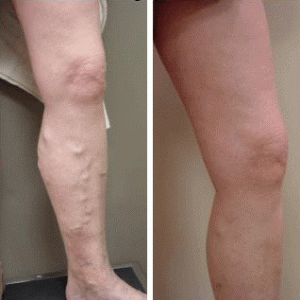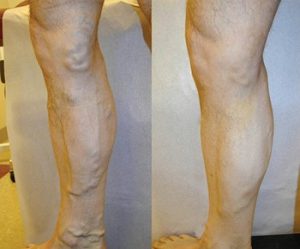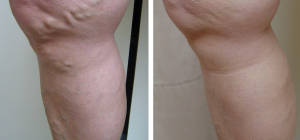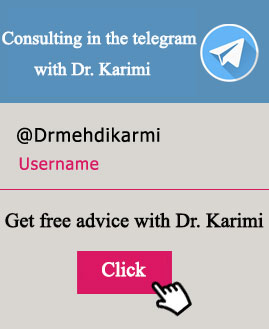Treatment of Varicose Veins with Radio Frequency (RF)
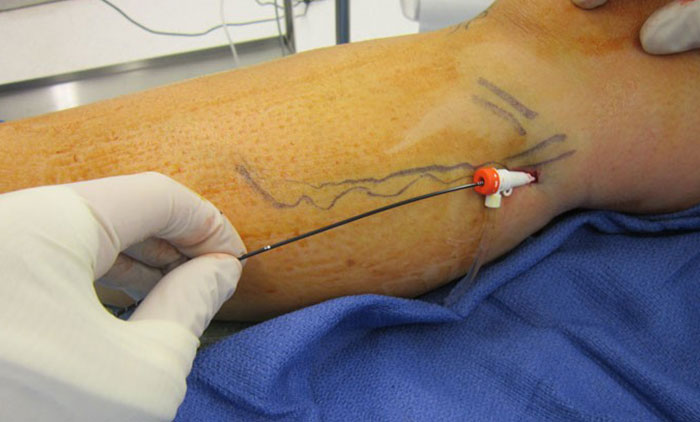
RF (radiofrequency) Ablation system is a minimally invasive varicose vein treatment procedure that uses radiofrequency energy (electricity) to heat, collapse and seal off the targeted blood vessels. It may be used for cosmetic purposes, but it is most commonly used to help alleviate related symptoms such as aching, swelling, skin irritation, discoloration or inflammation. Endovenous ablation is safe, less invasive than conventional surgery, and leaves virtually no scars.
What is radiofrequency?
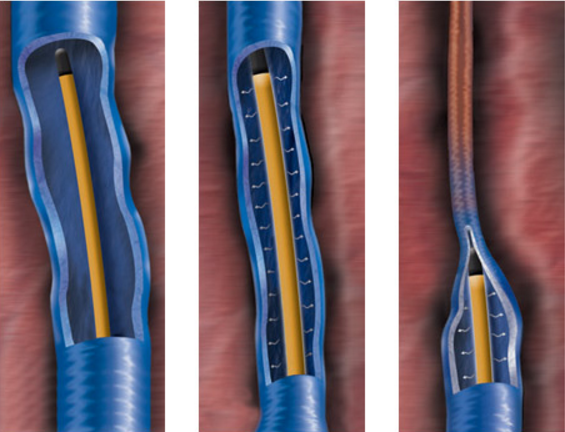
Varicose veins are abnormally large veins commonly seen in the legs. Normally, blood circulates from the heart to the legs via arteries and back to the heart through veins. Veins contain one-way valves which allow blood to return from the legs against gravity. If the valves leak, blood pools in leg veins which can become enlarged or varicose. Endovenous ablation is an image-guided, minimally invasive treatment for varicose veins. It uses radiofrequency or laser energy to cauterize (burn) and close the varicose veins. Radiofrequency ablation is a minimally invasive treatment for varicose veins. (Ablation means a doctor uses heat to damage tissue, which makes scar tissue form. This scar tissue closes the vein.) This technique uses radiofrequency energy (instead of laser energy) to heat up and damage the wall inside a vein. This usually closes off a varicose vein in the leg.
Benefits
- No surgical incision is needed—only a small nick in the skin that does not have to be stitched.
- When compared with traditional vein stripping techniques, endovenous ablation is more effective, has fewer complications, and is associated with much less pain during recovery.
- Endovenous ablation is generally complication-free and safe.
- This procedure leaves virtually no scars because catheter placement requires skin openings of only a few millimeters, not large incisions.
- Endovenous ablation offers a less invasive alternative to standard surgery.
- Most of the veins treated are effectively invisible even to ultrasound 12 months after the procedure.
- Most patients report symptom relief and are able to return to normal daily activities immediately, with little or no pain.
Candidates
The RF procedure is only used to treat the large varicose veins. It is not suitable for spider veins. RFA procedure should only be used to treat individuals with large varicose veins in the thigh area.
What are some common uses of the procedure?
Although this procedure may be used for cosmetic purposes, it is more commonly used to help alleviate symptoms related to varicose veins in the legs. Leg symptoms can include:
- Aching pain
- Swelling
- skin irritation or sores (ulcers)
- skin discoloration
- inflammation in the vein
Radiofrequency procedure
Prior to the procedure
- Do not cease medications prior to treatment unless otherwise advised.
- Do not shave your legs immediately prior to your treatment.
- Do not apply moisturiser on the day of treatment.
- Wear slacks or loose trousers to the appointment and ensure you have a pair of comfortable walking shoes.
- Pre-medication is generally not necessary. If you have a low pain threshold, take 2 paracetamol tablets or 2 Ibuprofen tablets (with food).
During the procedure

The procedure is usually done under local anesthetic, which is medication that ‘freezes’ a specific area of your body so it is pain free, but does not put you to sleep. Your surgeon numbs your skin with the local anesthetic before making a small (2mm) cut, usually near your knee or on your calf. A narrow tube called a catheter is put into the vein that needs treating. Ultrasound images are used to make sure it is in the right place. A fine probe is then passed through the catheter and inside your vein. Local anesthetic is injected into the vein and the surgeon then activates the tiny catheter, which is powered by radio frequency (RF) energy, to deliver heat to the vein wall. As heat is delivered, the vein wall shrinks and the vein is sealed closed. The catheter is slowly removed. An ultrasound scan checks that the procedure has been successful.
A dressing is placed over the small cut and a compression bandage is placed on the leg. The procedure usually takes around half an hour. Over the next few days the body reacts to the damaged vein by causing inflammation (swelling) and absorbing the tissue in the vein. This makes sure that the vein stays closed permanently. When the entire vein has been ablated, the blood flow is automatically rerouted through healthier adjacent veins, restoring healthy circulation and reducing swelling. The ablated vein becomes scar tissue and is absorbed by the body.
How long does varicose vein ablation take?
The procedure takes 45–60 minutes. If you need multiple veins treated in both legs, you may need a number of treatments on separate days over a period of 4–6 weeks. After every treatment, you will be wearing your compression stockings for 14 days and walking daily for 30–45 minutes.
Recovery
Your leg will be bandaged from the foot up to the top of the treated vein. You will be able to walk out of the hospital around half an hour after your procedure and after we have checked your blood pressure and bandages. You should not drive home. The leg is usually a little more uncomfortable the morning after the procedure, as the local anesthetic has worn off and your leg will be slightly swollen. You will be given painkillers to take home with you. It is important to follow the instructions on the packet. The bandage should stay on for 48 hours after the procedure. You should then remove the bandage and wear the fitted support stocking you will be given to take home. You may remove 2 of 4 the stocking to have a bath or shower but continue to wear it at all other times for a further two weeks. You do not need to wear it when you go to sleep.
When will the results of radiofrequency treatment be visible?
The vein eventually dries and shrivels up. This takes about 10-14 days. The final results will be obvious after a few months.
Risks and complications
Complications can occur even with perfect technique.
- Deep vein thrombosis. Internal Vein clots are extremely rare following RF.
- Nerve damage. Damage to surface sensory nerves can occur but this usually returns to normal within weeks to months.
- Skin burns
Cost
Cost of Radiofrequency vein ablation is dependent on the treatment area, severity of varicose veins, cost of surgeon and geographical location.

